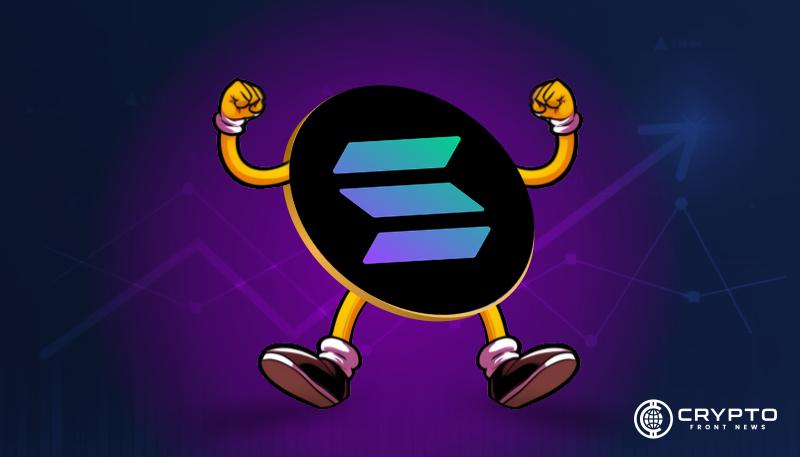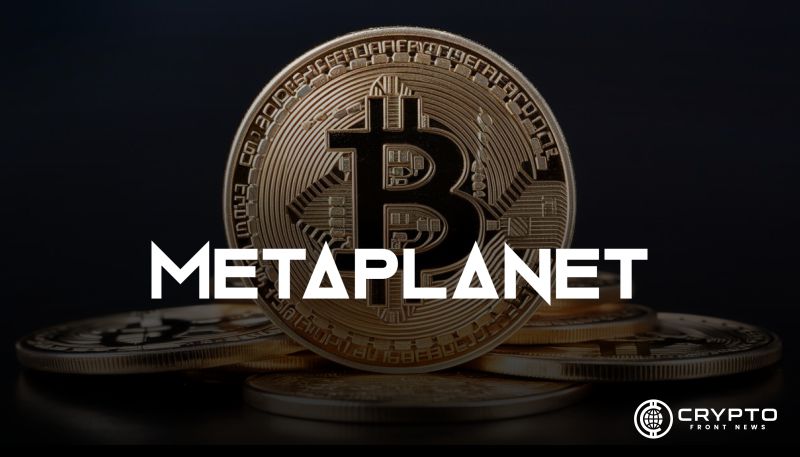 CaryptosHeadlines Media Has Launched Its Native Token CHT.
Airdrop Is Live For Everyone, Claim Instant 5000 CHT Tokens Worth Of $50 USDT.
Join the Airdrop at the official website,
CryptosHeadlinesToken.com
CaryptosHeadlines Media Has Launched Its Native Token CHT.
Airdrop Is Live For Everyone, Claim Instant 5000 CHT Tokens Worth Of $50 USDT.
Join the Airdrop at the official website,
CryptosHeadlinesToken.com
- Solana’s new Winternitz Vault uses quantum-resistant cryptography to secure user funds against future quantum threats.
- Each transaction generates new keys, ensuring blockchain security and preventing hackers from exploiting past data.
- Quantum attacks are still years away, but Solana’s optional Winternitz Vault prepares users for future security challenges.
The Solana Winternitz Vault, a quantum-resistant solution created by Solana engineers, is intended to shield customers’ money from potential quantum computer threats. This vault is more secure than conventional techniques because it employs a hash-based signature scheme that creates new keys with every transaction.
It’s crucial to remember that this is presently an optional feature rather than an improvement to network security. In order to take advantage of the Winternitz Vault’s quantum-proof characteristics, users must decide to keep their money there.
Quantum Computing Threats to Blockchain Security
Blockchain technology relies on cryptographic algorithms to secure digital wallets. However, these algorithms, including the Elliptic Curve Digital Signature Algorithm (ECDSA), are vulnerable to quantum computer attacks.
Quantum computers could theoretically crack the ECDSA and derive private keys by analyzing public keys. Solana’s Winternitz Vault addresses this issue by implementing a technique called Winternitz One-Time Signatures (WOTS), a decades-old cryptographic protocol designed to resist quantum attacks.
The vault generates 32 private key scalars and hashes each one 256 times to create a public key. Instead of storing the full public key, the system stores only its hash for verification. Each transaction closes the vault and opens a new one with fresh keys, ensuring the security of each transaction. This process prevents hackers from exploiting previous transaction data. Essentially, each transaction generates a new “key” for every payment, minimizing the chances of future breaches.
Addressing Practical Challenges and Limitations
Despite its innovation, the Winternitz Vault comes with practical constraints. Each transaction reveals a portion of the private key, meaning the system must generate new keys after every use. This process requires careful optimization to maintain computational efficiency and security.
Additionally, some experts argue that the quantum hacking threat is still decades away. Vitalik Buterin, Ethereum’s co-founder, has stated that even if quantum computers capable of breaking current cryptography emerge, widespread access may still be years off.
Moreover, Ethereum has already included quantum-resistant solutions in its long-term technical roadmap, further showing the importance of preparing for quantum threats. While Solana’s quantum-resistant vault may offer a solution, it remains an optional feature for now, leaving the decision to individual users.
DISCLAIMER:
The information on this website is provided as general market commentary and does not constitute investment advice. We encourage you to do your own research before investing.









